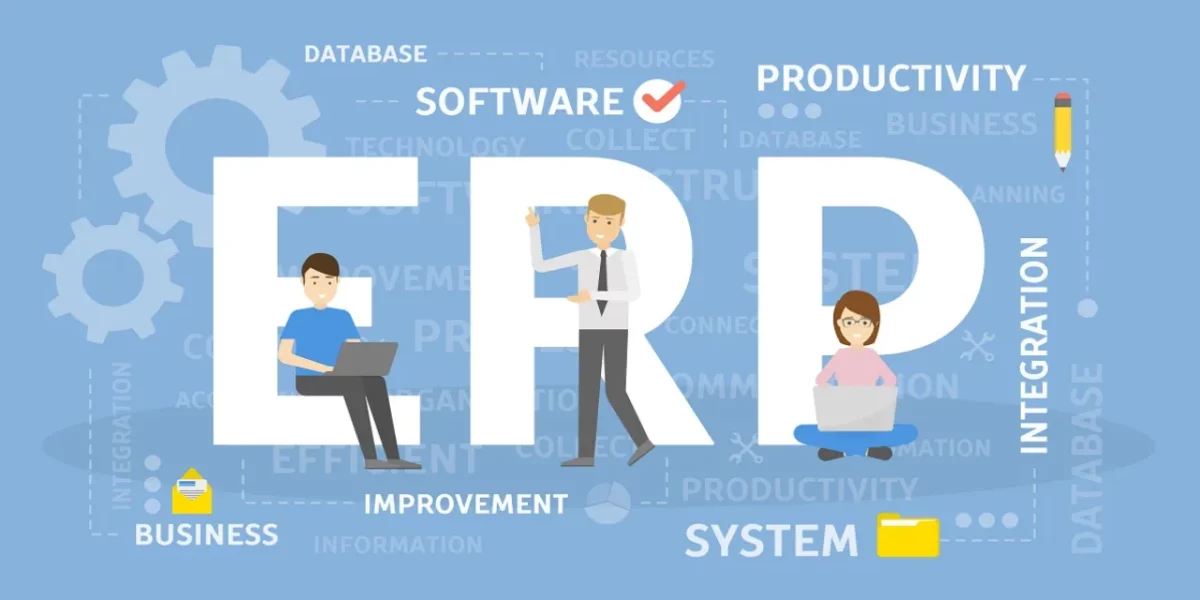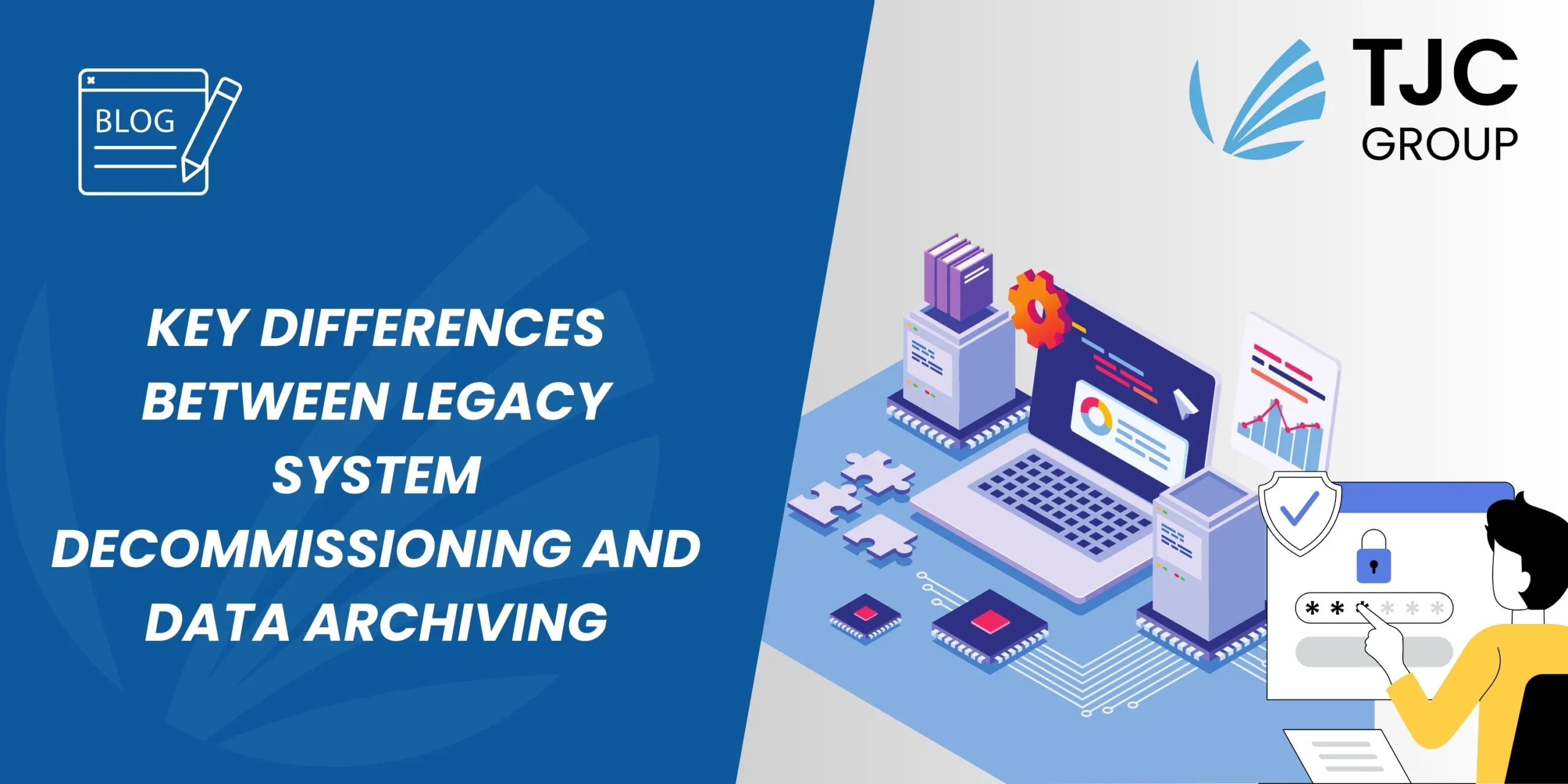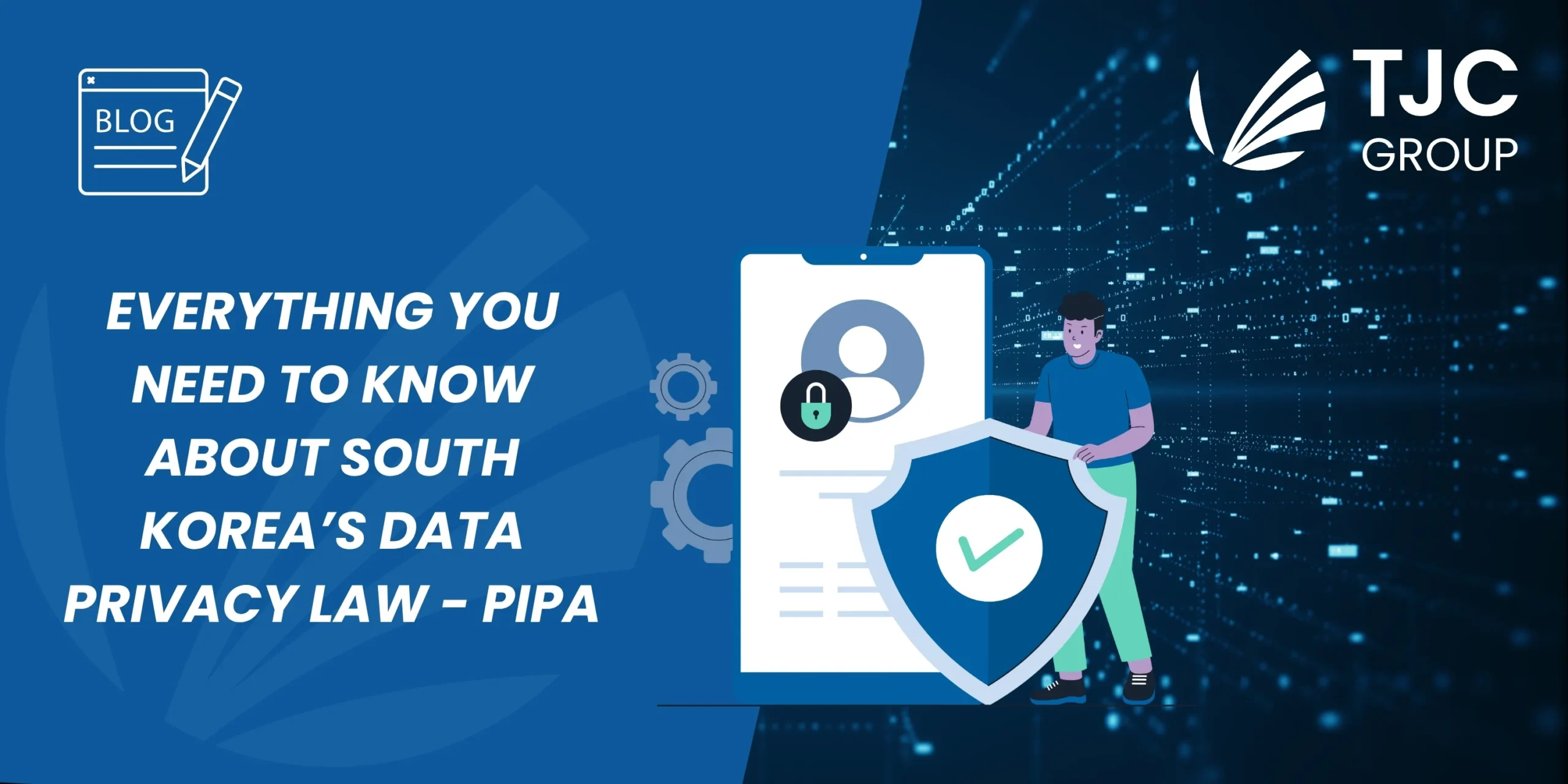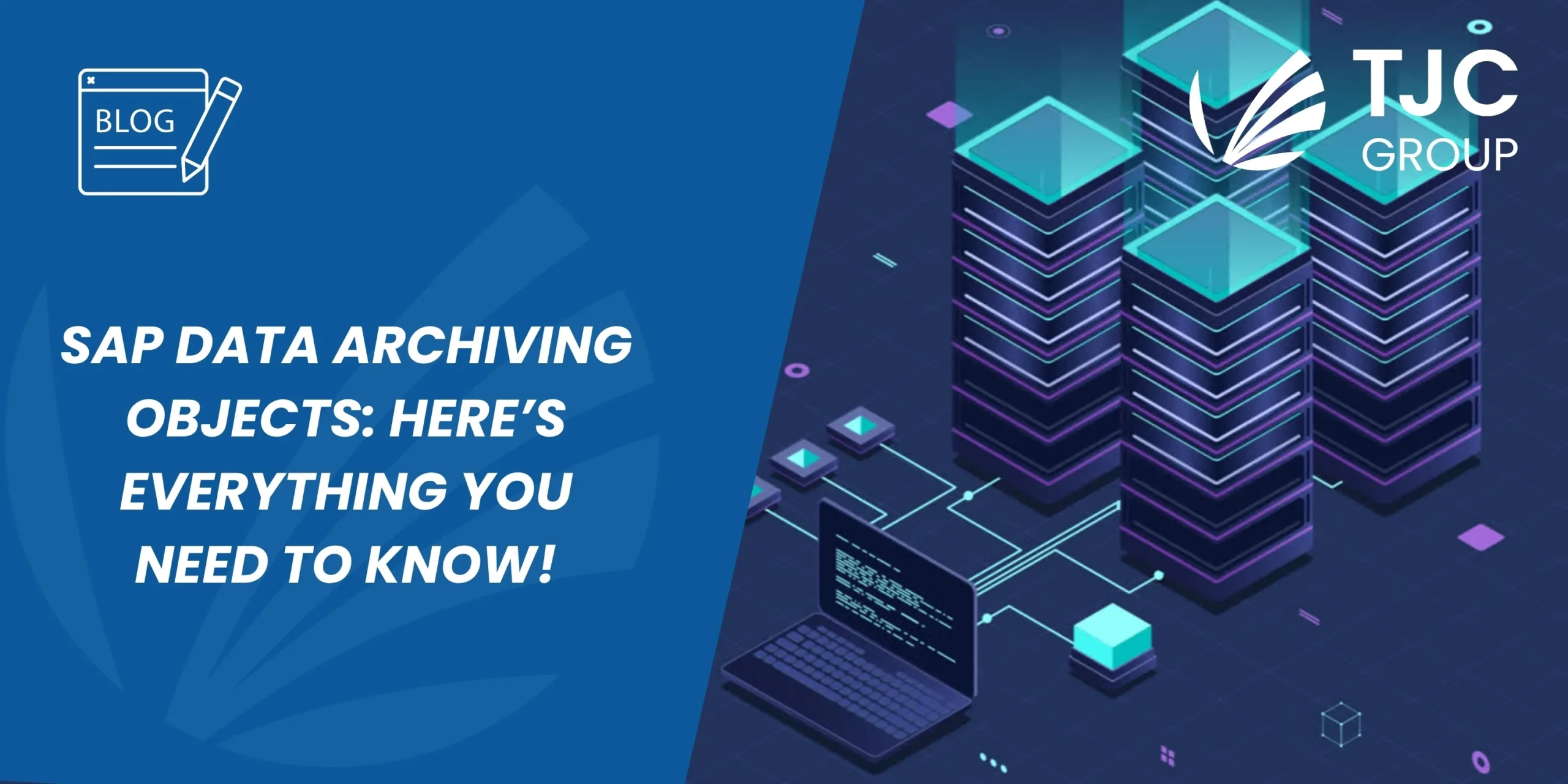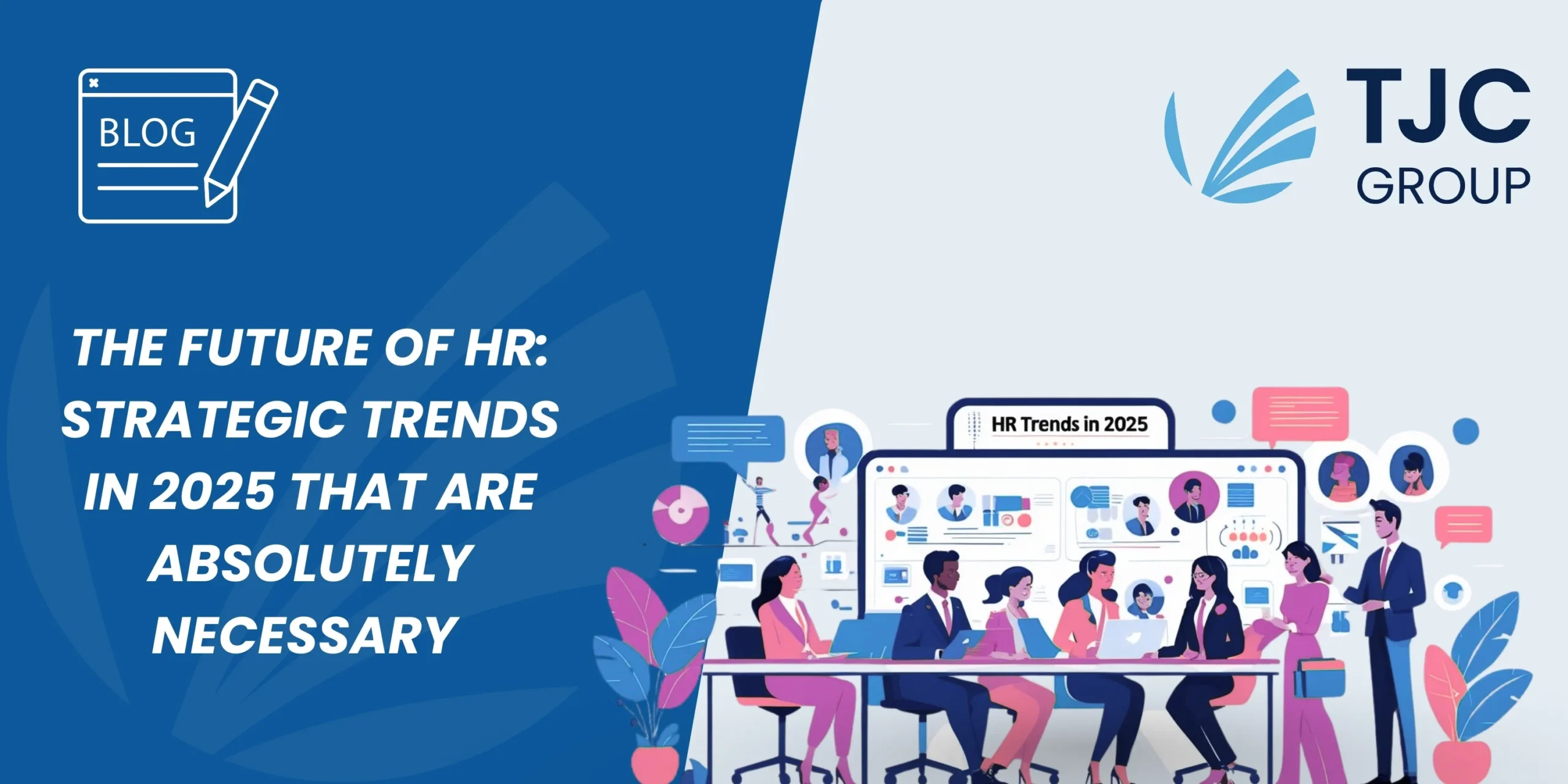Enterprise Resource Planning (ERP) systems have been around in one form or another since the 1960s. After Gartner first coined the term, ERP software is now ubiquitous in business and these systems have continued to evolve. Now many new technology trends – cloud, security, automation – are influencing their features. In each case, these new developments are helping to achieve the mutually dependent goals of maximising process digitalisation, customer centricity, location independence and resilient delivery that Gartner deems so essential for success today.
How are these new technologies influencing ERP? This article outlines 5 key trends that ERP users should watch out for in 2021 and how they are changing the way ERP systems are used inside organisations.
Five IT trends ERP users should monitor in 2021
1. Distributed cloud users should ensure data storage compliance
Top of the trends at #1 must be the Cloud. Although not a new trend per se because cloud systems first appeared in 1996, but the migration to cloud-based solutions continues to accelerate, together with the type of cloud solution being adopted. One key evolution to monitor is the use of the Distributed Cloud, whereby public cloud options are provided to different geographical locations. In doing so, issues relating to latency and privacy can be minimised, together with the cost and potential complexity of private cloud service provision.
Precautions need to be taken by users in tax or audit to respect local storage requirements, national laws or internal company regulations, which may restrict where such sensitive data can be stored. In addition, although distributed cloud solutions will undoubtedly improve performance, today’s cloud-based ERP solutions like SAP 4/HANA require intensive memory processing, and optimum performance and cost management can only be achieved in the long term with an automated data volume management strategy.
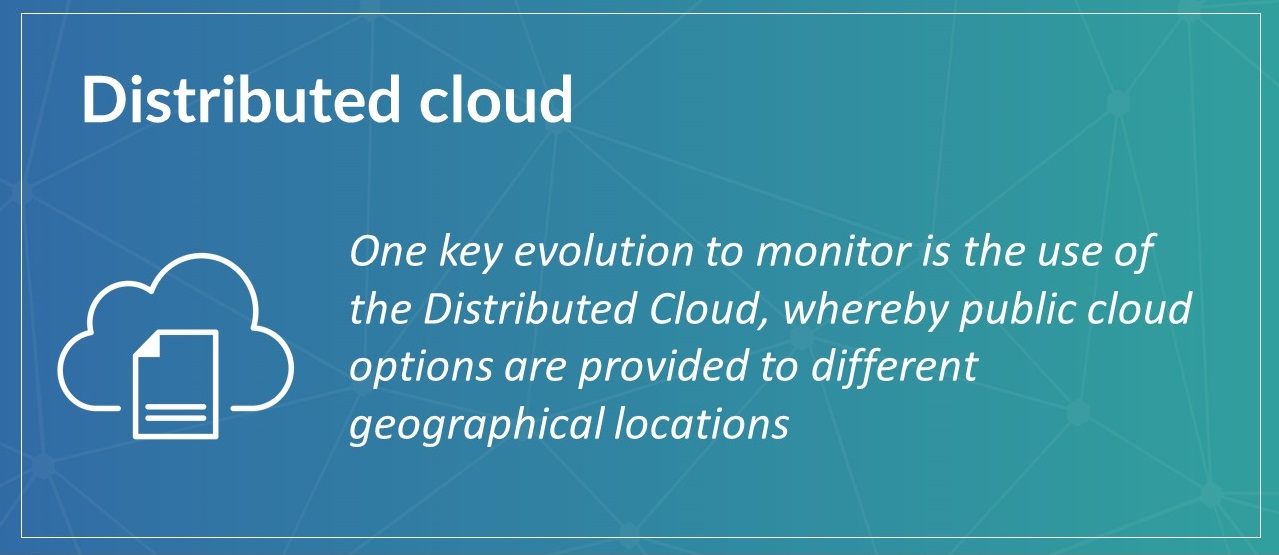
2. Clear workflows to support ‘operate anywhere’ strategies
Trend #2 relates to something the Covid-19 pandemic has reinforced more than anything – the importance of an ‘operate anywhere’ business model. Businesses that have stayed relevant during the past year of disruption are the ‘digital first’ ones, designed from the ground up to support remotely customers and employees that can be located everywhere and anywhere. These location independent businesses are running a distributed, cloud-based infrastructure that can support the remote deployment of business and consumer services offering a clear added value. For their ERP systems to be fully efficient, they need clearly defined digital workflows completed by remotely based employees, customers and business partners.
3. Manage increasing ERP data granularity
Philip Pullman fans will be familiar with the concept of ‘dust’, which has also been adopted by Gartner to describe our trend #3, relating to new developments in Data Analytics. In addition to mastering location independent computing and operational resilience, the most successful organisations are the ones relying on data to power all their decision-making. At the most granular level, this is using the Internet of Behaviours (IoB) and “digital dust”.
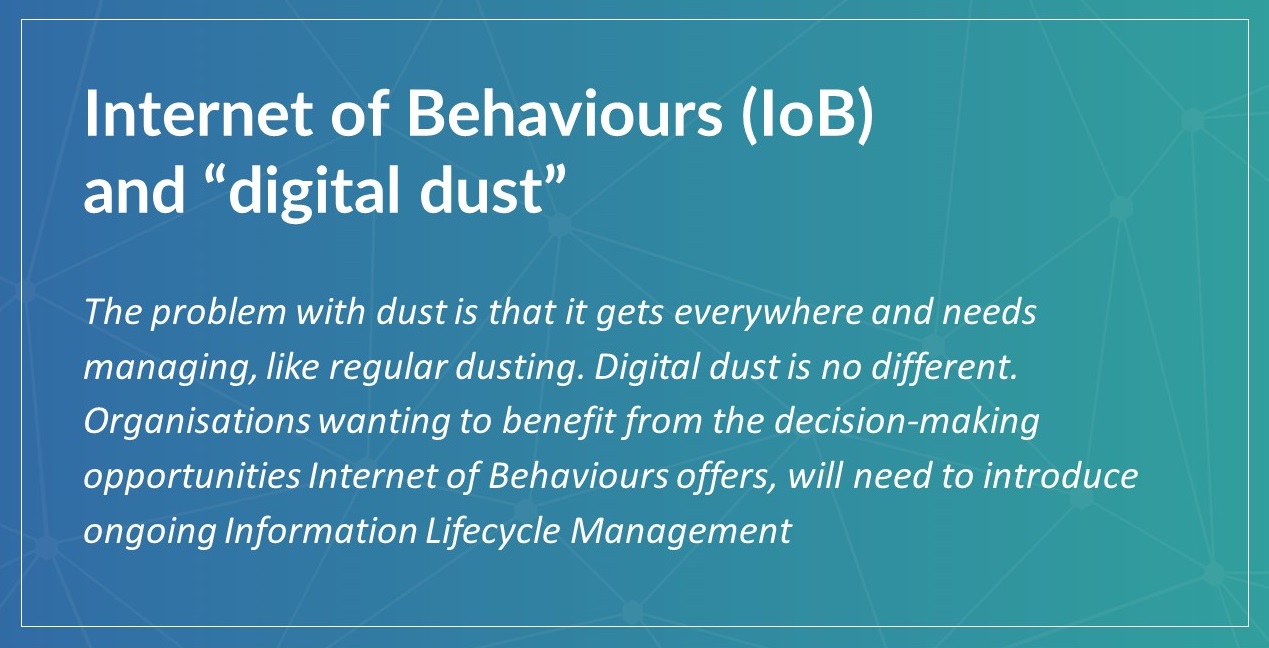
The problem with dust is that it gets everywhere and needs managing, like regular dusting. Digital dust is no different. Organisations wanting to benefit from the decision-making opportunities Internet of Behaviours offers, will need to introduce ongoing Information Lifecycle Management (ILM). This will prevent them from being buried under a storm of digital dust in the future and facing the associated high costs of ownership. Added to this, IoB may also impact data privacy laws like GDPR.
4. Resolve ‘organisational debt’ before automating
At #4, Hyperautomation is an emerging automation process trend and due to have a huge impact for ERP users. Hyperautomation relates to the widespread scale of automation underway inside many organisations. It is key to both digital operational excellence and operational resiliency. Many organisations are actively automating business and IT processes using decision process and task automation tools – like AI, machine learning and robotic process automation. For example, in the 4 months between March and June 2020, IBM reported it had 200 new users of its AI platform Watson. Research indicates that the Covid-19 pandemic has become the ‘tipping point’ to accelerate these plans, with a very strong incentive to automate many jobs still conducted by people.
To be successful at introducing hyperautomation, businesses need to conduct an audit of their “organisational debt,” a term coined by the academic Steve Black. This describes all the quick fixes and compromises made to get stuff done quickly, but not necessarily properly, with data management being a prime example of where corners are cut. Left unchecked, organisational debt can turn an otherwise fast growing company with good prospects, into a chaotic nightmare. One way to “refactor” organisational debt is with an automated data archiving and decommissioning strategy, to rid ERP data warehouses of obsolete clutter and pave the way to pursuing full scale digital transformation.
5. Location independence adds to data security complexity
At #5 the last of the trends, but by no means the least important, is Cybersecurity. Experian, Zoom, Mitsubishi, the World Health Organisation and California University all share in common having been the subject of a cybersecurity breach in 2020. They were not the only ones, 2020 was a year when over 445 million cyberattacks were reported, double the rate of 2019.
“In the Covid impacted and restricted world of digital transactions and remote connectivity, cybersecurity has reached the highest priority for all organisations.”
Two aspects of these trends relate to data management and here’s how. Linked to the rise in distributed cloud computing, is the idea of a ‘cybersecurity mesh’. This is a distributed, architectural approach to security control. It ensures that digital assets, devices and users – all located outside traditional physical and logical security parameters – can be accessed securely by authorised users. Rather like a fishing net, it ensures that what is undesirable gets filtered away, but most importantly, it allows organisations to retain what Gartner describes as the ‘plasticity’ necessary to be successful in the current climate. Namely being location independent, people centric and having resilient security, without compromising growth opportunities.
Conclusion
Protecting the data at the centre of all decision making
Cloud, automation, security, location independence, analytics – ERP solutions are adapting all the time. We are operating in an era where data is at the heart of all business decision making. It needs to be protected, carefully managed, archived, and, when no longer needed, decommissioned and disposed of. At the same time, as the complexity of ERP technology has increased, penalties for poor data management compliance have risen. Finding the right skills inhouse to fully protect and manage your data is always a challenge and long-term co-sourcing will be the answer to many organisations’ challenges.
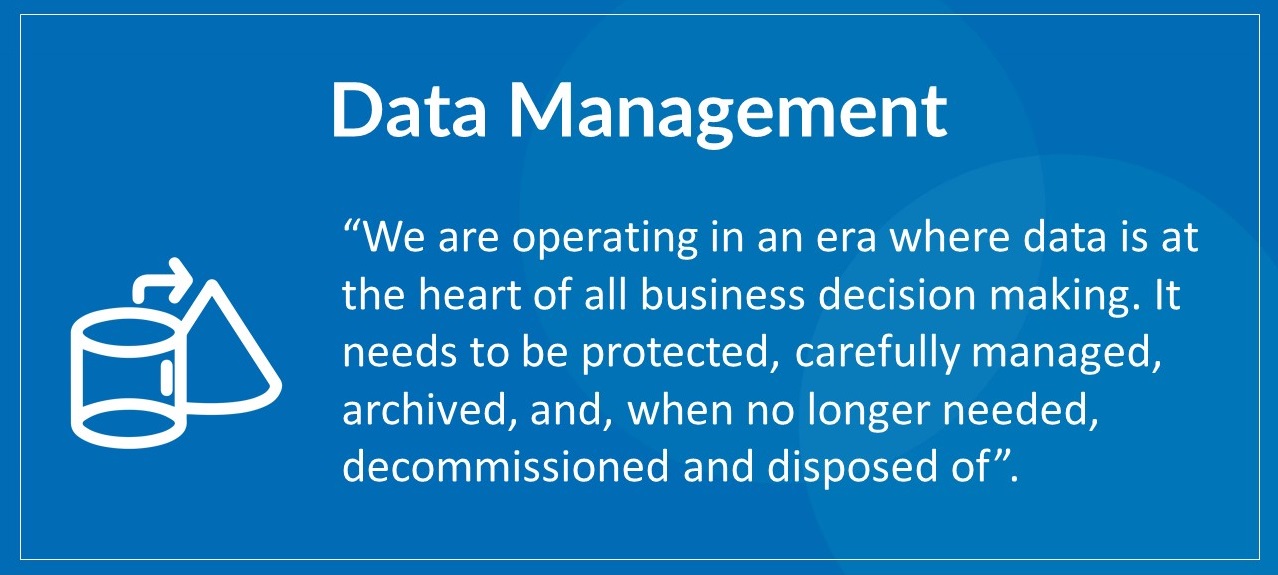
If you want to know more about SAP ILM? Check out this article with recommendations for an SAP Press book on ILM.


